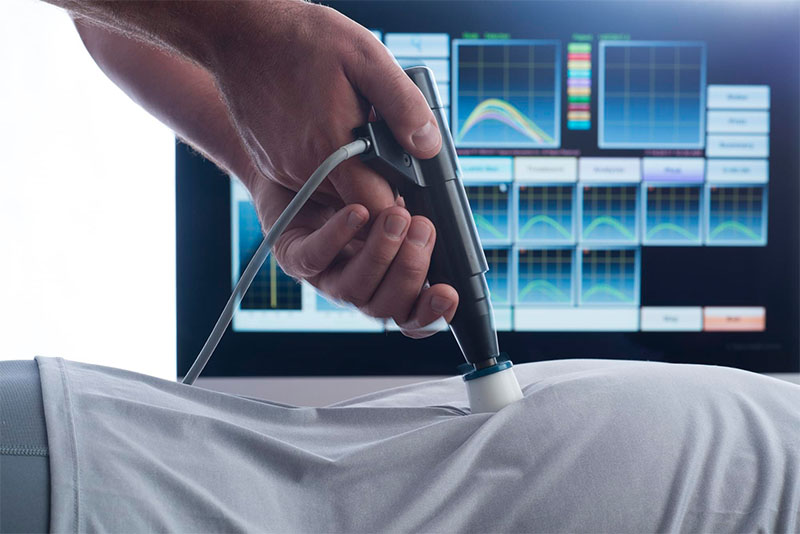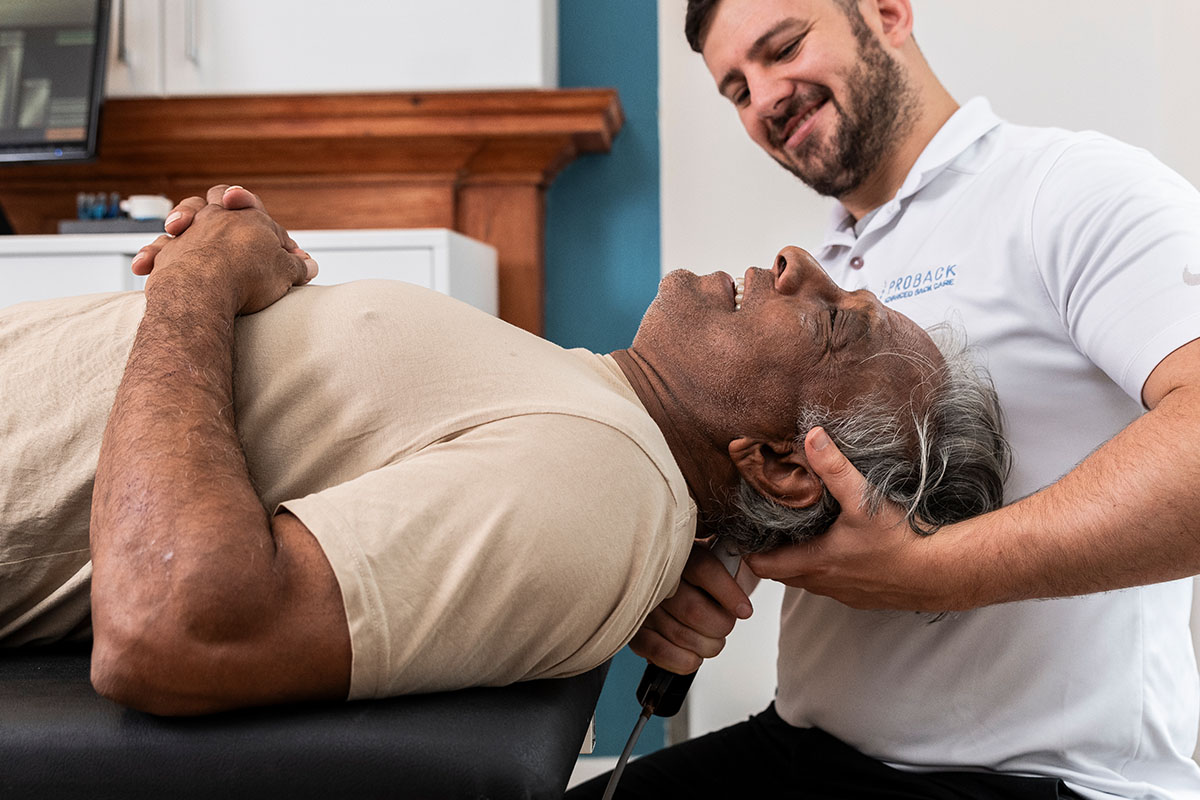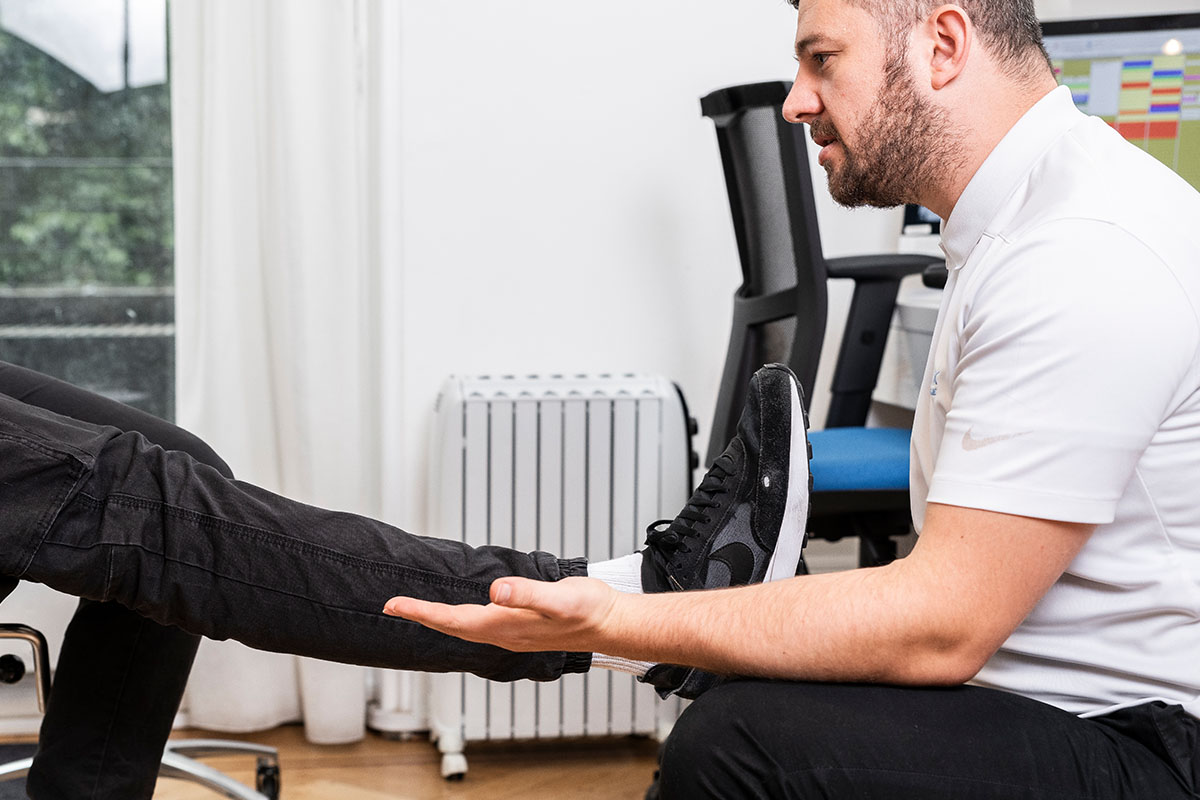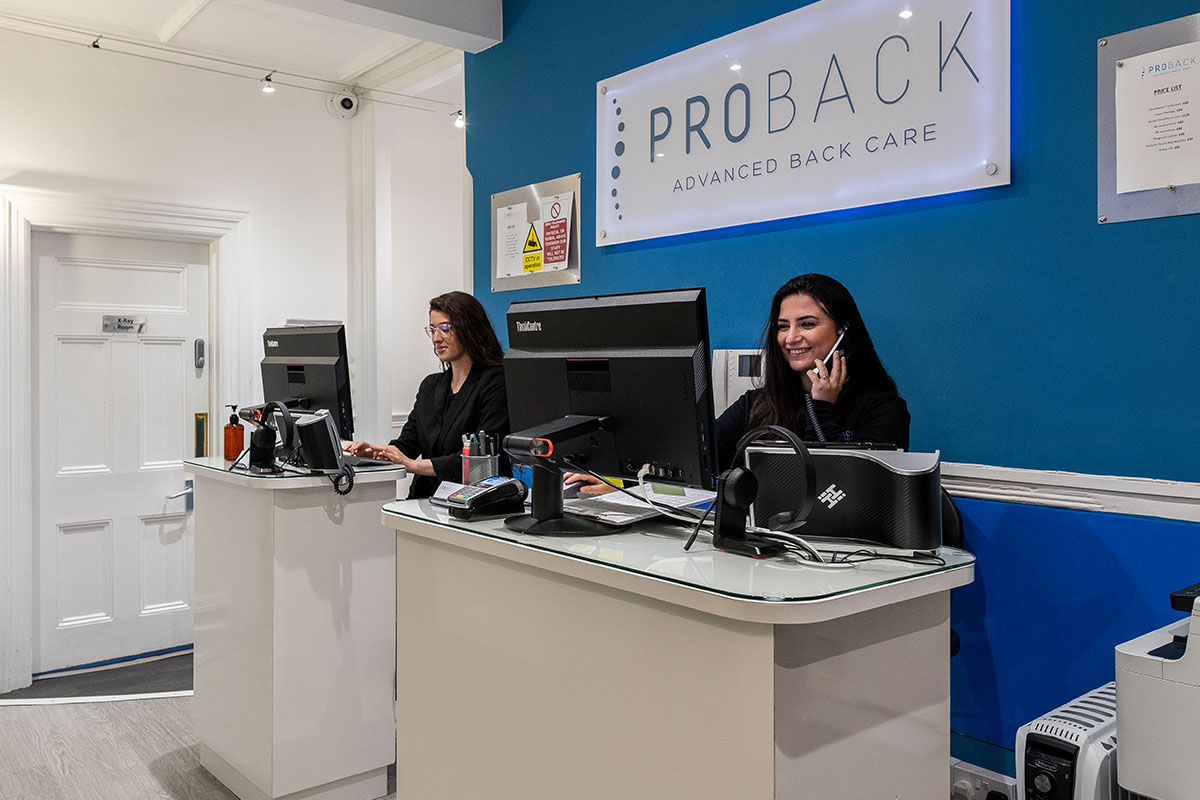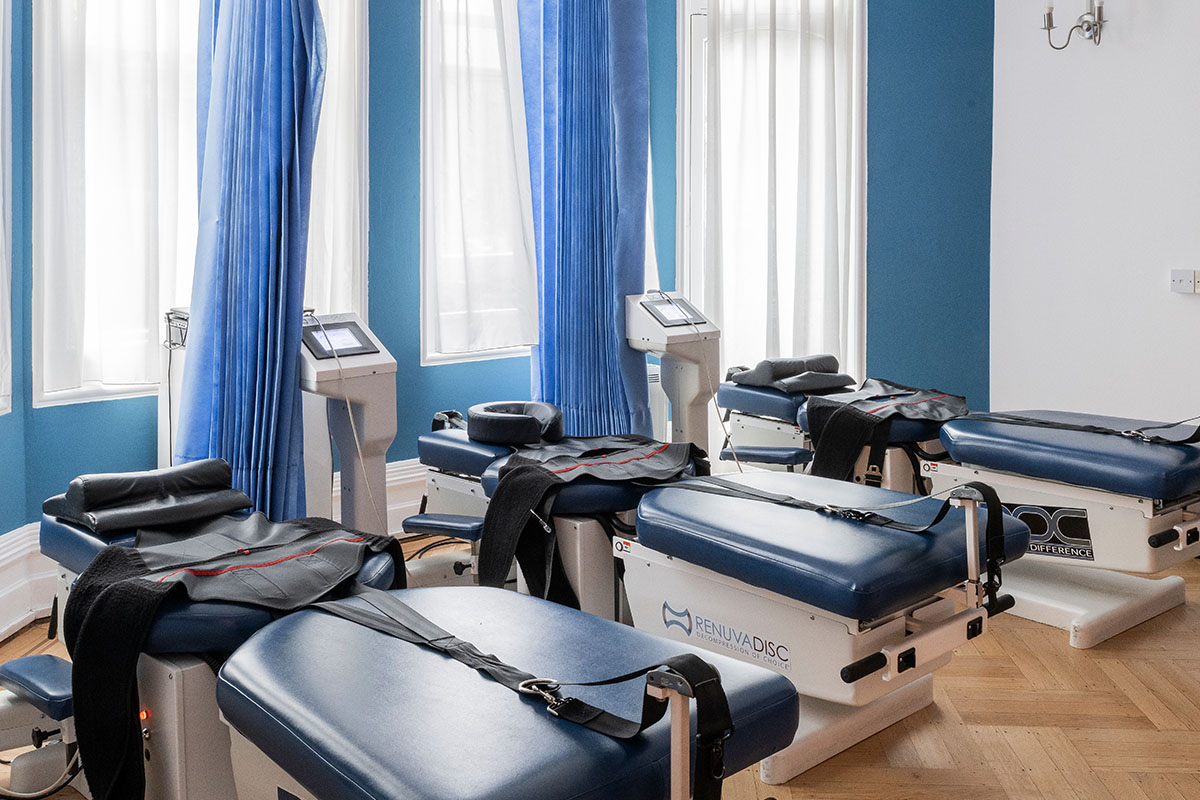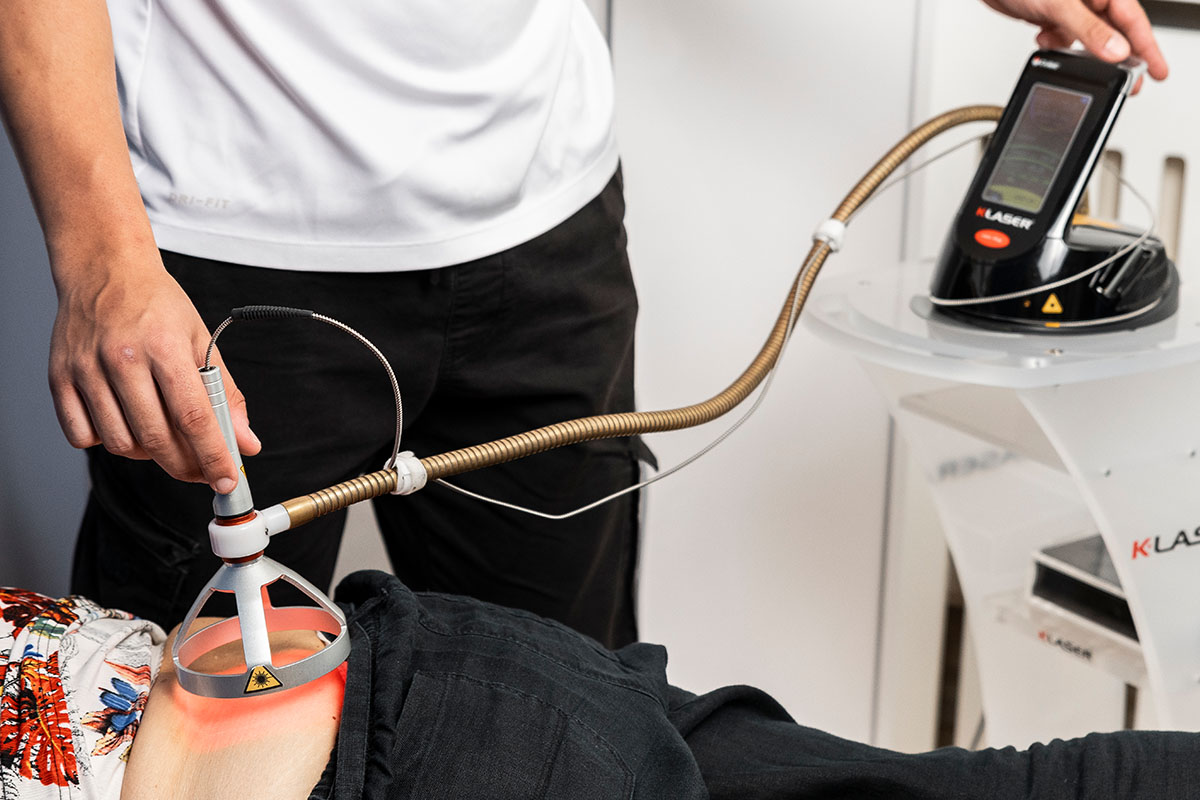
Prolozone Therapy for Ankle & Achilles Pain
Ankle & Achilles
Whenever you sprain your ankle, you are much more likely to sprain it again in the future, and this can lead to chronic ankle instability.
This means that a sprained ankle can gradually trigger a cascade of degenerative condition.
Prolozone therapy could allows the joints to regenerate. So, anyone with an acute ankle injury, such as an ATFL tear, or chronic ankle pain conditions, such as osteoarthritis should consider Prolozone as an effective treatment to help stabilize the ankle joint and prevent premature degeneration.



Symptoms caused by Ankle Instability
- Ankle discoloration
- Ankle swelling
- Ankle pain
- Arch cramping
- Crepitation (cracking) with movement
- In mild cases, there may be a propensity for the ankle to continually turn inward
- Inability to move the ankle properly
- Loss of range of motion
- Loss of muscle strength
- Numbness in toes
- Pain even when no weight is put on the ankle
- Referral foot and toe pain
If the joints in the ankle are too much, it is likely that pain will appear. This is when patients have being diagnosed with joint instability.
Why is the joint unstable? Because the support structures, the ligaments and tendons, have been stretched and have become weakened.

Prolozone Therapy for Ankle Pain
Ligaments do not have blood supply, so therefore do not heal well on their own. Ankle instability can quickly become a chronic, painful condition.
This instability can also lead to destructive joint motions every time the ankle joint is used, wearing down the cartilage and causing further structural damage.
Our practitioners understand the need for ankle stability to prevent the long-term damage resulting from ankle instability.
Therefore, we utilize Comprehensive Prolozone therapy to restore the ligament strength and integrity which improves the ankle joint function.
Prolozone therapy is likely to reduce cartilage degeneration by reducing destructive joint motions and allows the ankle to heal.
Many times, MRI might show that nothing is wrong with the ankle. This is due to the fact that MRIs do not assess movement or abnormal movement, so partial ligament damage might no appear on an MRI study.
A proper assessment of the range of motion of the joint, as well as MSK ultrasound x-ray where we can assess the joint movement of your ankle and stress the joint to see what is the problem is on while you are having symptoms.
Excessive movement or soft end feel compared to the non-painful side while inverting the ankle is a sign of lateral ankle instability

FAQs
Chronic ankle sprains, instability, or arthritis can be hard to heal—especially if rest and rehab haven’t helped. Prolozone Therapy offers a powerful, non-surgical solution that targets the root cause by reducing inflammation and repairing damaged tissue, so you can get back on your feet naturally.
Yes! If you're dealing with tendonitis or recurring Achilles pain, Prolozone can help stimulate tissue repair, improve circulation, and ease discomfort. Many patients find lasting relief without relying on medications or facing surgery.
Not at all. The injections are quick and well-tolerated. You might feel a mild pinch or slight pressure, but there’s minimal discomfort and no major downtime. Most people return to daily activities the same day.
Everyone heals differently, but most patients see noticeable improvements within 3–6 sessions. Some start to feel better after just one or two visits as the body responds to the regenerative effects of ozone and nutrients.
Use the form below to book a consultation.
Consultation includes examination, x-ray (if required) and results.
We typically reply within 60 minutes during opening hours.
Award-Winning Treatments
Gentle Non-Surgical Chiropractic Therapy
Inside Proback
5 Minutes From London Victoria Station
Use the form below to book a consultation.
Consultation includes examination, x-ray (if required) and results.
We typically reply within 60 minutes during opening hours.
Accreditations



How To Find Us
Flat 4, Evelyn Mansions,
Carlisle Place, Westminster,
London, SW1P 1NH
Opening Times
Weekdays 8.30am - 8pm
Saturday 9am - 3pm

020 7976 6648





